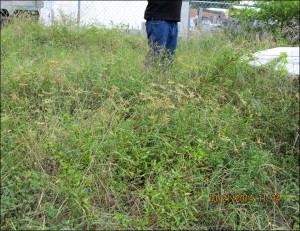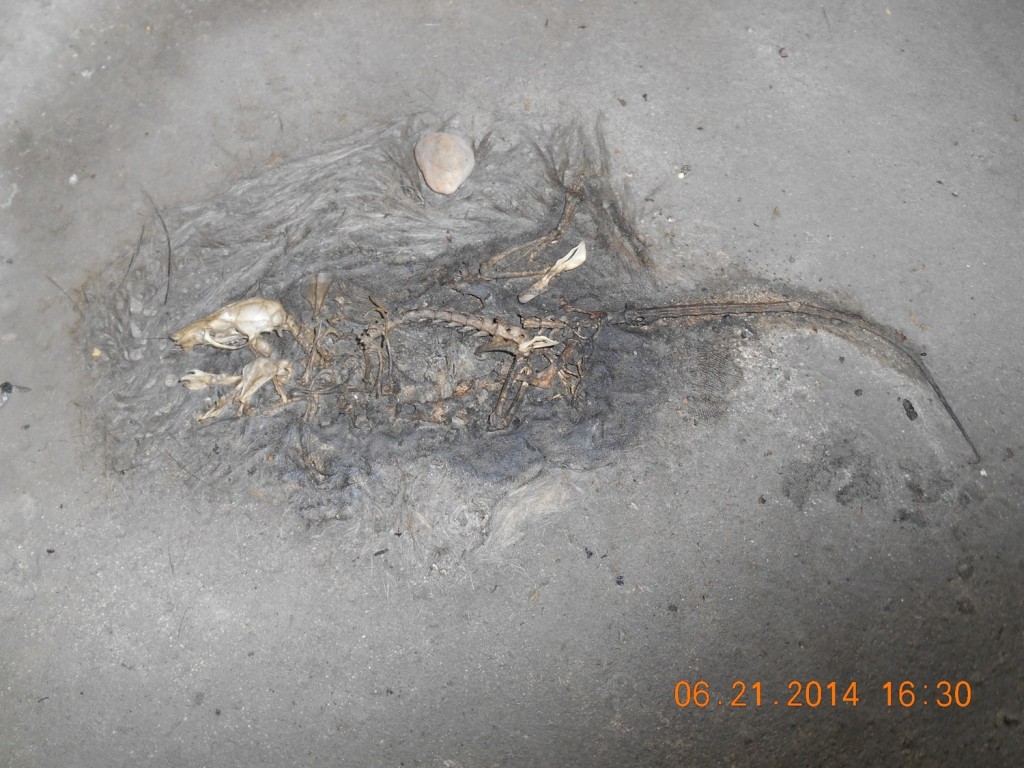Mortgage Giant Fannie Mae Accused of Housing Discrimination in 34 U.S. Metro Areas
[ A+ ] /[ A- ]

Today, the Fair Housing Center of the Greater Palm Beaches (FHC), along with the National Fair Housing Alliance (NFHA) and 18 other fair housing organizations announced the filing with HUD of a housing discrimination complaint against Fannie Mae, one of the largest owners of foreclosed homes in the United States.
The FHC staff investigated 24 Fannie Mae Palm Beach County REOs in 2014.
-
44% of the REO properties in communities of color had trash or debris on the premises
-
39% of the REO properties in communities of color had overgrown or dead shrubbery
-
33% of the REO properties in communities of color had unsecured, broken, or boarded doors
It is absolutely unacceptable that Fannie Mae continues to rod black and Latino neighborhoods, the most devastated by the economic meltdown of 2008, of hard earned wealth,” stated Vince Larkins, President and CEO of the FHC.
“These working-class communities, where all the properties we investigated reside, bore the brunt of the financial crisis and continue to do so today. They need not have the suffer the added burden of housing discrimination,” he further stated.

The Fair Housing Act makes it illegal to discriminate based on race, color, national origin, religion, sex, disability, or familial status, as well as on the race or national origin of residents of a neighborhood. The Act applies to housing and housing-related activities, which includes the maintenance, appraisal, listing, marketing, and selling of homes.
Evidence gathered from 2010 through April 2015 documents an ongoing pattern and practice of discrimination by Fannie Mae. Currently, NFHA and its partners have investigated 2,106 REO properties owned by Fannie Mae in 34 metropolitan areas encompassing 129 cities across the United States.
The FHC and fair housing organizations nationwide investigated the maintenance and marketing of REOs for 39 different types of deficiencies that affect home value. Fannie Mae properties in communities of color had broken doors and windows, unlocked doors and windows allowing access to the home, excessive litter, dead or overgrown lawns, dead animals or live animals on the property, and other major deficiencies. Conversely, most Fannie Mae properties in predominantly White communities did not. These problems are simple to fix and are the responsibility of Fannie Mae.
“Fannie Mae is wreaking havoc on middle- and working-class communities of color nationwide through a pattern of neglect that is frankly appalling,” said Shanna L. Smith, President and CEO of NFHA. “Fannie Mae’s failure to take care of its massive foreclosure inventory in African American and Latino neighborhoods further destabilizes the communities hardest hit by the foreclosure crisis, in clear contradiction of its congressional charter, federal fair housing laws, and its obligation to affirmatively further fair housing. This systematic failure also creates health and safety hazards, contributes to blight, and places an unfair burden on neighbors and city governments to clean up the problem.”
“Since 2009, NFHA has made efforts to work with the Government Sponsored Enterprises(“GSEs”) to correct their practices. The GSEs have a legal responsibility to treat all neighborhoods fairly.” Smith said, “Freddie Mac looked into its practices and made good faith efforts to correct its business model, but Fannie Mae refused to take responsibility for its neglect in communities of color. The difference between Freddie and Fannie properties is striking. We now rarely find disparities in Freddie Mac’s inventory. Fannie has to take responsibility.” Sheadded, “Fannie Mae has not only ignored the problem but has continued to award millions ofdollars in new contracts to the same asset management companies that engaged in this discriminatory behavior. We have filed this complaint after having exhausted every possible means we could think of to get Fannie Mae to abide by the law and work with us to re-stabilize the damaged communities.”

NATIONWIDE STATISTICS:
Full national statistics, data for individual cities and HUD complaint available at: www.nationalfairhousing.org
Summary of Findings:
-
49.5 percent of the REO properties in White communities had fewer than 5 deficiencies, while only 24.4 percent of the REO properties in communities of color had fewer than 5 deficiencies.
-
22.1 percent of the REO properties in communities of color had 10 or more deficiencies, while only 8.0 percent of the REO properties in predominantly White communities had 10 or more deficiencies.
Highlights of Significant Racial Disparities:
-
40.6 percent of the REO properties in communities of color had a broken, boarded, or unsecured window, while only 21.2 percent of the REO properties in White communities had the same problem.
-
38.5 percent of the REO properties in communities of color had trash or debris on the premises, while only 15.1 percent of the REO properties in White communities had the same problem.
-
29.8 percent of the REO properties in communities of color had holes in the structure of the home, while only 13.9 percent of the REO properties in White communities had the same problem.
-
27.3 percent of the REO properties in communities of color had wood rot, while only 17.8 percent of the REO properties in White communities had the same problem.
-
23.9 percent of the REO properties in communities of color had unsecured, broken, or boarded doors, while only 11.6 percent of the REO properties in White communities had the same problem.
-
21.7 percent of the REO properties in communities of color had exposed or tampered-with utilities, while only 9.7 percent of the REO properties in White communities had the same problem.
Copyright © Fair Housing Center of the Greater Palm Beaches 2013. All Rights Reserved. 1-877-910-FAIR (3247)
 0
0 



